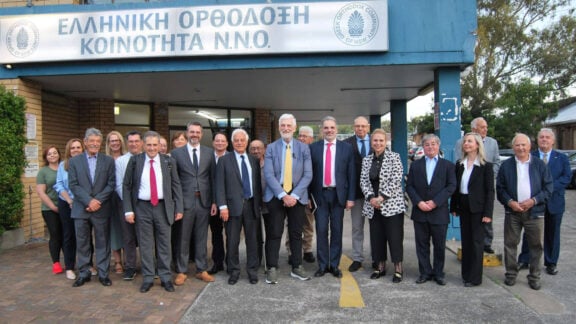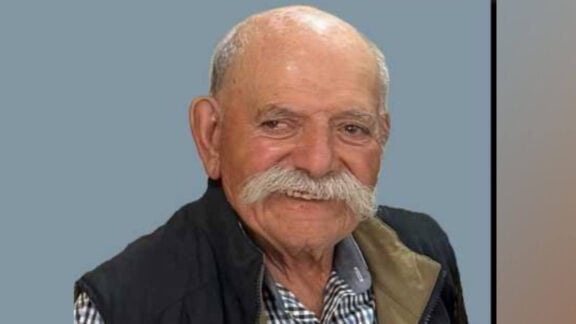For those enthusiasts and club racers who wish to extract more horsepower or real ‘killerwatts’ of power for their ride, Supercharging or Tuborcharging come in on their own.
Supercharging is a belt driven mechanical compressor, however the belt gear/drive robs precious nett horsepower. At the other end, Turbocharging is an exhaust-gas driven compressor which runs much hotter and requires air intercoolers to produce efficient horsepower. Now, if you want to retain your motor atmospheric (non-mechanically compressed fuel/air), invisibly installated by hiding the gas cylinder in the boot as well as the method a system is plumbed or ‘stealthed’ into the motor and still derive a huge amount of additional gross horsepower, then Nitrous Oxide (N2O) injection is the way to go.
N2O more commonly referred to as Nos or laughing gas, allows instantaneous increase in the output performance of an engine for brief periods of time (between 10 and 20 seconds duration) without destroying the motor, provided the appropriate safety balances are installed to protect. By injecting super-cold liquid N2O into the engine, being much more denser than air and with the correct air/fuel mix ratio, it can develop additional performance because N2O rapidly evaporates upon reaching the cylinders during the compression stroke before combustion commences. During the induction process extra fuel is required to burn with N2O otherwise the air and N2O will terminally burn the piston tops and valves.
An alternative method of tempreture control is to retard the timing or use a slower burning fuel (less octane). The German Luftwaffe in the Second World War used Nitrous Oxide in their fighter planes to escape dog fights, but when they did go full throttle which automatically engaged the N2O, on return the engines were dismantled and rebuilt as a precaution to avoid engine failure due to the volatility use of N2O induced combustion. Whether a Wet Nitrous system (direct injection into the plenum chamber) or a less efficient dry system (injected into the air mass throttle), additional fuel is required to cool the combustion process. A reasonable volume is 100 per cent excess fuel which is two times as much fuel as the burn process requires.
Using less fuel will result in more power but the higher cylinder pressure and temperature created would inevitably cause mechanical problems. A standard Wet Nitrous system delivering around 2.5 kg/min (5 to 6 pounds of pressure) of N2O injected into a standard non-modified engine together with additional fuel, will make in excess of an additional 50Kw to 75Kw (65 to 100 horsepower).
The key to reliable N2O performance is to not go below 50 percent excess fuel and not to add more than 1.5Kw of extra power to 100cc of engine displacement in a standard cast piston motor. Always insure proper hi-octane (98 or 100 octane) fuel and adequate N2O flow. Do not initiate the system below 3000 rpm and never ever operate a N2O system into the engine’s rev limiter range. It is not only dangerous, but fatal for the motor, because as the ignition cuts out, levels of N2O and fuel build up in the exhaust system and explode the engine. To avoid such a calamity install a safety switch which turns the N2O off before the rev limiter is reached.
A good N2O system with safety cut out switches, throttle sensor operation, electronic counter and remote gas bottle operation can cost as much as $2,800, with a standard gas cylinder refill (8kg of N2O provides approximately 130 seconds operation) costs in excess of $90. Compared to around $7,000 to $10,000 for mechanical induction systems plus extra for modifications, N2O it’s a cost effective solution for brutally instant performance.








